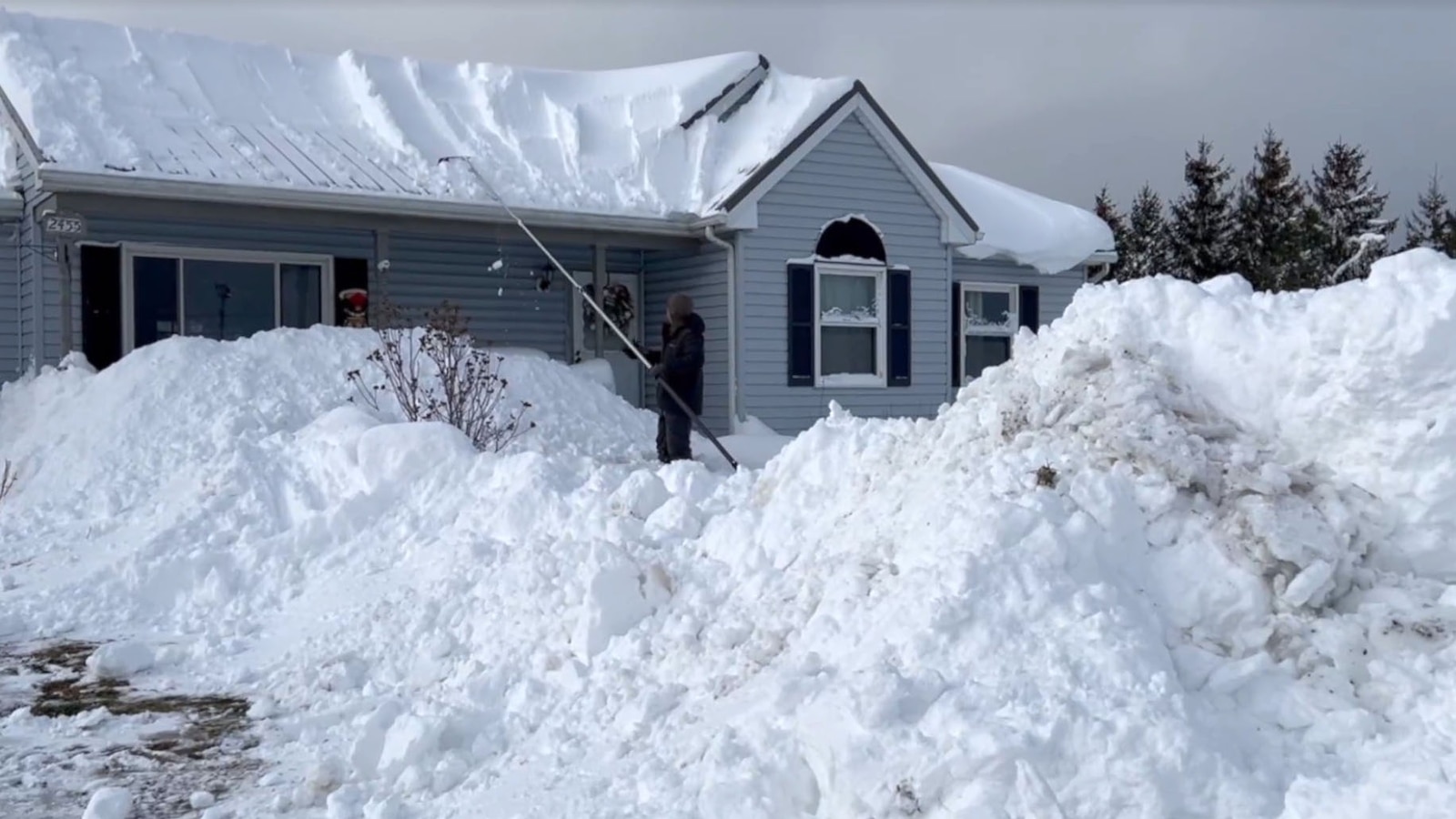Introduction
As the days grow shorter and temperatures begin to drop, winter weather forecasts are becoming a focal point for residents across the United States. Meteorologists are issuing predictions that suggest a season marked by notable weather patterns, with implications that could affect millions of Americans. Understanding these forecasts is crucial for preparation, safety, and planning. This article unpacks the latest winter weather predictions, explores their potential impacts, and provides insights into how individuals and communities can adapt to the forthcoming chill.
Understanding the Winter Weather Forecast
As winter approaches, meteorological agencies like the National Oceanic and Atmospheric Administration (NOAA) and private weather services are analyzing a variety of factors to deliver their forecasts. Key elements influencing this year’s winter weather patterns include:
- La Niña Phenomenon: This climate pattern, characterized by cooler ocean temperatures in the central and eastern Pacific, is expected to influence weather across the U.S. La Niña typically brings wetter conditions to the Pacific Northwest and drier, warmer conditions to the southern states.
- Polar Vortex Dynamics: The polar vortex, a large area of low pressure and cold air surrounding the Earth’s poles, can become unstable during winter months. Changes in its behavior can lead to significant cold air outbreaks across the continental U.S.
- Climate Change Impacts: With ongoing climate change, winter weather patterns are becoming less predictable. Warmer global temperatures can lead to increased moisture in the atmosphere, resulting in heavier snowfall in some regions while causing drought in others.
Regional Impacts of the Forecast
The winter weather forecast varies significantly across different regions of the United States, each facing unique challenges and conditions. Here’s a closer look at what residents can expect in key areas:
Northeast
The Northeast is anticipating a winter filled with fluctuations between heavy snowfall and mild temperatures. Forecasters predict:
- Increased snowfall due to a mix of cold and warm air masses colliding.
- Potential for significant ice storms that could disrupt transportation and power supplies.
Residents are advised to prepare emergency kits and keep sidewalks and driveways clear to ensure safety.
Midwest
The Midwest is bracing for a classic winter, with predictions of colder-than-average temperatures and considerable snowfall. Key points include:
- Enhanced lake-effect snow in areas bordering the Great Lakes.
- Increased risk of blizzards, especially in states like Michigan and Wisconsin.
Individuals in this region should ensure their vehicles are winter-ready and stay informed about road conditions.
Southeast
Winter in the Southeast may be milder but not without its challenges. Predictions suggest:
- Unseasonably warm temperatures interspersed with cold snaps.
- Potential for severe weather, including thunderstorms and tornadoes, during transitional weather periods.
Residents should remain vigilant about weather alerts and be prepared for sudden changes.
West Coast
Western states are likely to experience a mix of conditions, heavily influenced by the ongoing La Niña. Key forecasts include:
- Increased rainfall in California, which may alleviate drought conditions but also raise flood risks.
- Colder and snowier conditions in the mountainous regions, beneficial for ski resorts but requiring careful travel planning.
Outdoor enthusiasts should follow local advisories and prepare for rapidly changing mountain weather.
Broader Implications of Winter Weather Patterns
The winter weather forecast not only affects daily life and safety but also has broader implications for various sectors:
Transportation and Logistics
Severe winter weather can significantly disrupt transportation networks. Snowstorms and icy conditions can lead to:
- Flight cancellations and delays at airports.
- Road closures and hazardous driving conditions, impacting freight and supply chain logistics.
Businesses should have contingency plans in place to mitigate disruptions and ensure the safety of their workforce.
Public Health Concerns
Winter weather can exacerbate public health issues, including:
- Increased incidents of respiratory illnesses due to cold air and indoor crowding.
- Potential for hypothermia and frostbite among vulnerable populations.
Communities should focus on outreach programs to ensure that at-risk individuals have access to warm shelters and necessary health resources.
Economic Impact
Winter weather can also have a significant economic impact, particularly in industries such as:
- Travel and tourism, with winter sports often dependent on snowfall.
- Agriculture, where unexpected frosts can ruin crops and affect food supply chains.
Stakeholders in these industries should closely monitor forecasts and prepare for potential fluctuations in demand and supply.
Conclusion
As winter descends on the United States, the latest weather forecasts provide vital information for preparation and safety. From understanding the implications of La Niña to regional weather patterns, residents must remain proactive in safeguarding their homes and communities. The impact of winter weather extends beyond individual experiences, affecting transportation, public health, and economic stability. By staying informed and prepared, individuals can navigate the challenges of winter while making the most of the season’s offerings. As we embrace the chill, let’s ensure we are equipped to handle whatever Mother Nature has in store.
See more Your Daily Weather



